Boating ride to Submerged Temples of old Bilaspur in Himachal Pradesh || Ancient Rock Structures that Emerge from Govind Sagar Every Year
Whenever you are driving past Bilaspur ever, you will notice a huge body of water on the left side (if you are going from Bilaspur toward, say, Mandi. That body of water is the Govind Sagar Lake, which was formed after the Bhakra Dam was constructed on the River Sutlej.
This water is blue, clean and is home to a wide variety of waders and aquatic birds. You probably won't find thousands of bar-headed geese here, but you will find plenty of herons, cormorants, and terns.
We passed by this lake several times before we decided to stop here and have a closer look at it. There is a left cut going down to the lake from Bilaspur city. We could have taken that during any of our visits. But instead we decided to make a special trip down here with our niece and sisters.
We drove our car to the point till where cards can practically go. Beyond that there are several stairs and we were glad for those. They stopped us from being too adventurous, otherwise we would have regretted it. Because immediately after the stairs, the ground was very marshy.
It was clear that we were almost walking on water there. The ground was really mushy and our feet sank a little as we stepped on it. Initially it was a little scary but then we got used to it. But it is good that cars can't end up till this point, unless someone is really negligent and doesn't see the stairs. A car would simply sink on these banks.
As soon as we climbed down the stairs we started noticing some birds. A lone Grey Heron was perched on a distant limb of land. The lighting was such that we could only make out its silhouette. A solitary Himalayan Griffin Vulture was soaring the skies. We watched its progress till it vanished in the distant mountains. And we just knew that we would see more birds if we were just patient about it.
However, we will talk about the birds in another post. For now, we'll focus on other activities that you can do in this area. You can, for example, take a boat ride to explore the lake a little. You can choose the direction that you want to explore.
And when it isn't the rainy season, you might be in luck and a group of ancient temples might have emerged from the water. If you visit this place in such a season, you can take a boat to these temples and then explore them on foot. It sounds like such a privilege.
There were several boats moored on the banks and one of the boatmen approached us as he probably sensed that we were contemplating a boat ride. And also because we had our little niece with us. People who are accompanied by children are more likely to opt for boat ride. I think there is probably a scientific study that proves this. :)
He told us that the rent of the boat was Rs. 400 for 45 minutes. This sounded steep. He offered to include a visit to the temples too in it. It still sounded steep, but we weren't really in the mood to negotiate too much. We had the boat to ourselves.
We got into the boat, and the boatman took us around. On the way to the temples, we saw several cormorants skimming the surface of still water. We also saw some river turns dive gracefully and then emerge with a catch trapped in their beaks.
And at the end, we reached the beautiful temples. This was the Shri Ranganath Temple Cluster. Originally there were 5 temples in this cluster, but as of now there are only three standing. After the Dam was built, at least 28 such temples are supposed to have got submerged in Bilaspur area alone.
Even though the temple walls have started eroding because of the constant ravages of water, you can still make out some of the carvings on the rock. There are floral and geometric patterns and also human figures. These temples were dedicated to Shiv and Parvati and are constructed in Nagara style.
It is something almost supernatural about these temples emerging from water every year, even though the phenomena is because of man's interference with nature. The interference is also palpable in the amount of litter that lays strewn about on the grounds surrounding the temples. I don't know why we find it so difficult to be responsible for our actions and our surroundings. World would have been so much better if we were even a little more considerate.

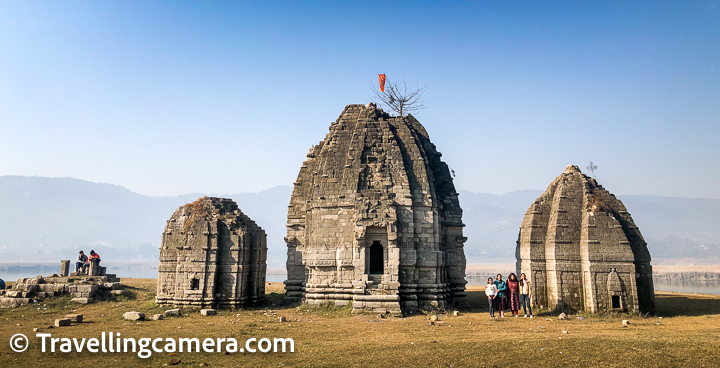

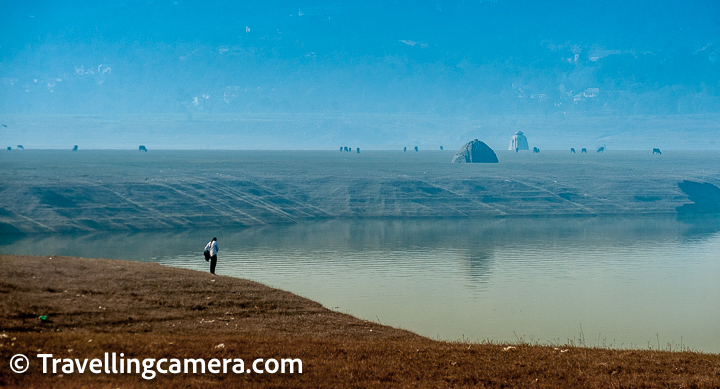
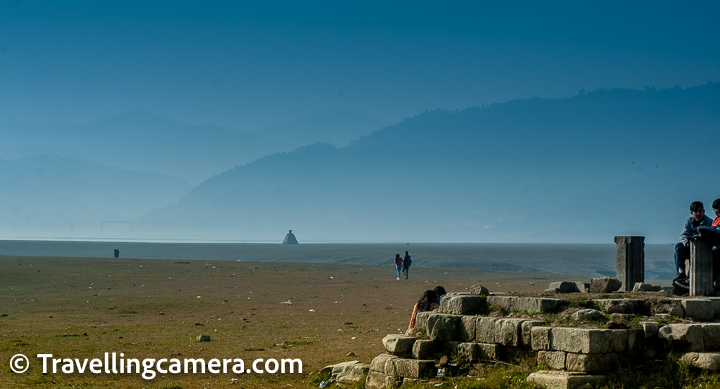

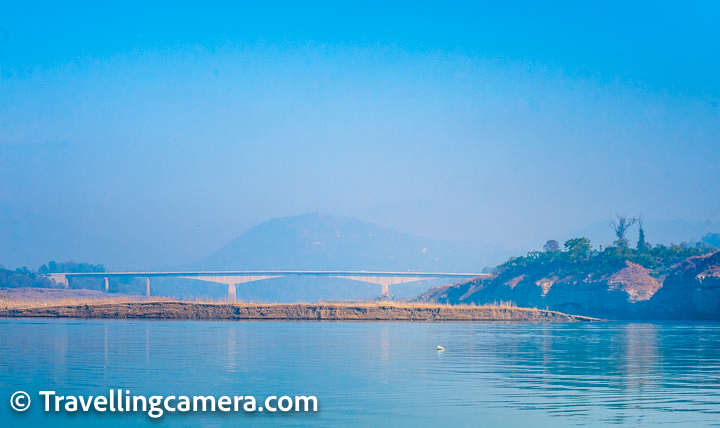

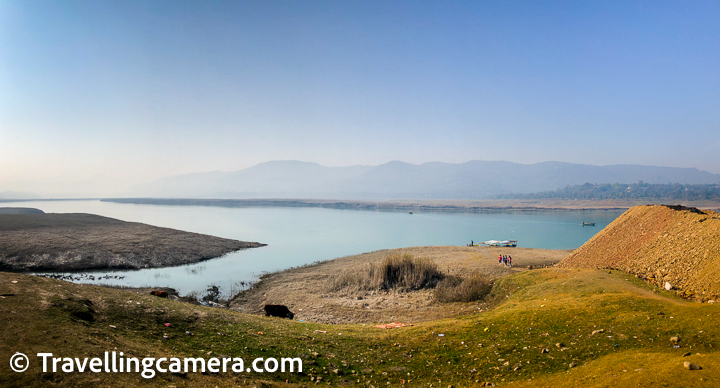

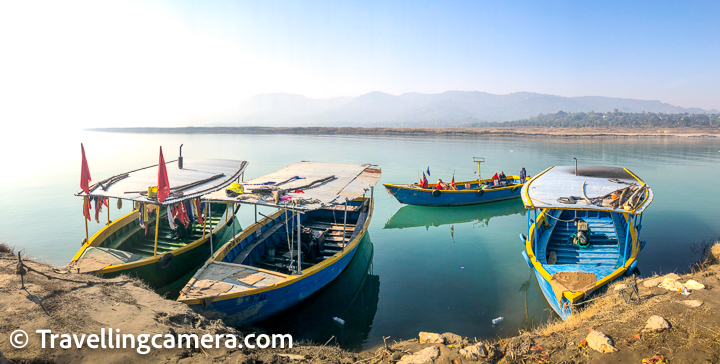
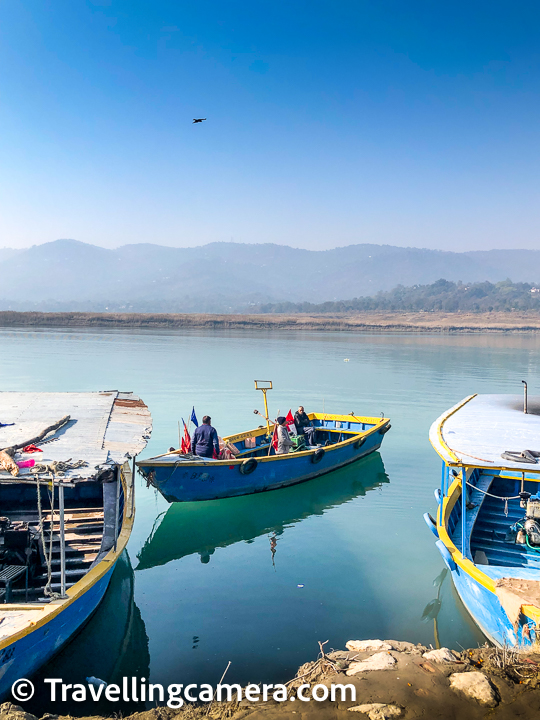
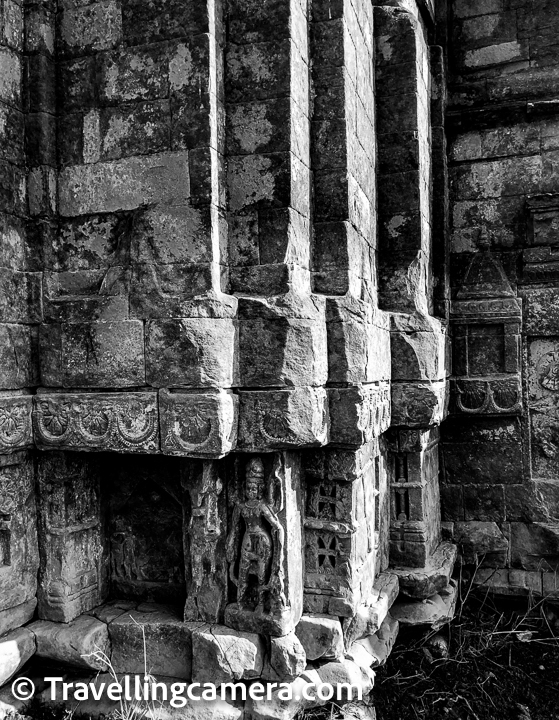



.jpg)
Comments